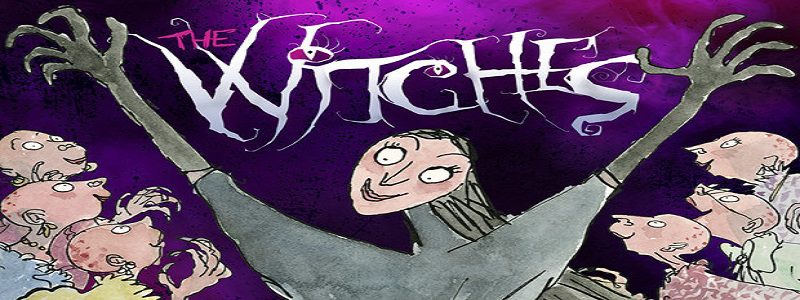Webb’s Depth of Knowledge Taxonomy and Argumentation
‘Bud, Not Buddy’ and Argument-Based Small Group Discussions Linked to Key Passages
This is the second post on Argument-Centered Education’s newly designed method of organizing teaching and learning around academic argumentation in ELA literature units. The strategy is one we call Argument-Based Discussions Linked to Key Passages. We recently collaborated with ELA teachers with one of our middle school partners to adapt this instructional format to a unit on Christopher Paul Curtis’s Bud, Not Buddy (1999).
Voice, Language, and Characterization: ‘The Catcher in the Rye’ and Argument Stations
Overview
Holden Caulfield still has one of the most distinctive, recognizable, and influential voices in all of American literature, more than 65 years after reclusive writer J.D. Salinger brought him into existence. He certainly has one of the most widely heard voices, with The Catcher in the Rye having sold more than 65 million copies since its publication in 1951, and still selling more than 1 million copies a year, a significant portion of those being swooped up by high school and college students.
J.D. Salinger’s original, influential The Catcher in the Rye — still one of the most widely read and highly praised and awarded novels common to high school English reading lists, 65 years after its publication, and despite enormous transformations in adolescent life in this country — offers an opportunity to place under the literary microscope diction, tone, slang, repetition, dialogue, the attentive gaze, choices of metaphor. By studying Catcher, students learn how all of these techniques and more are accessed by writers to produce a distinctive, identifiable voice, one that builds out into rich and meaningful characterization.
‘The Witches’ and Argument-Based Discussions Linked to Key Passages
Argument-Centered Education has designed a new method of organizing teaching and learning around academic argumentation in ELA literature units. The strategy is one we call Argument-Based Discussions Linked to Key Passages. We recently collaborated with ELA teachers with one of our middle school partners to adapt this instructional format to a unit on Roald Dahl’s 1983 young adult novel, The Witches.
Working on Writing Mechanics: A Whole-Class Strategy
Several of our partner schools’ literacy teachers have coalesced around a concern for the level of command and control over mechanics and grammar that their students demonstrate in the academic writing. They are increasingly aware of the way that their students’ college readiness is being evaluated on the basis of their use of standard, grammatical written English. These schools have been assigning exercises on the fundamentals of mechanics, but these activities are abstracted from the mental maps and actual ways of using grammar embodied by their students’ written work. This activity addresses students own individualized mechanics misunderstandings.






